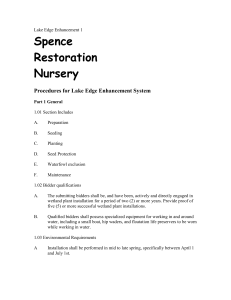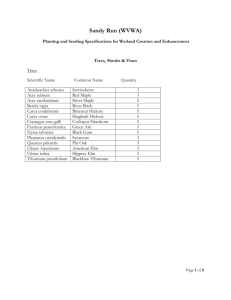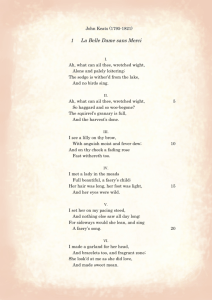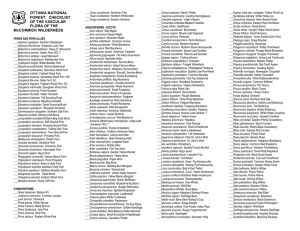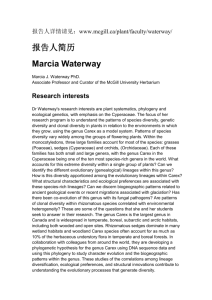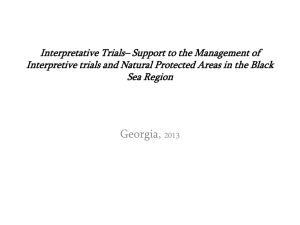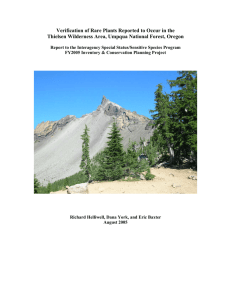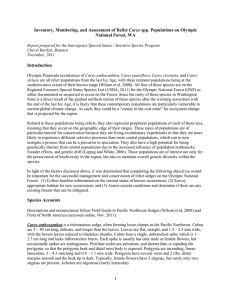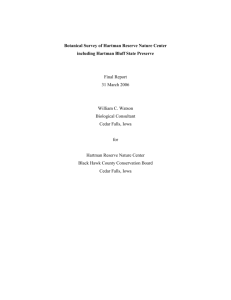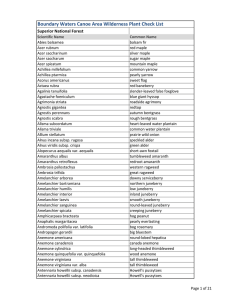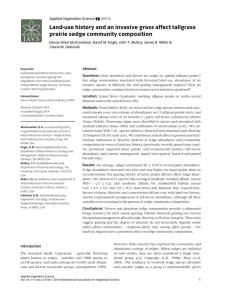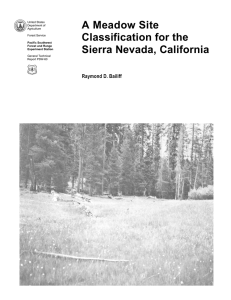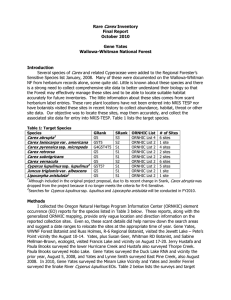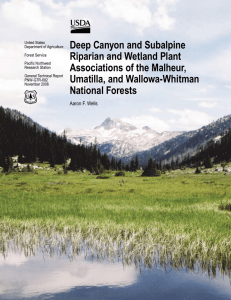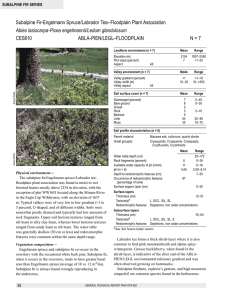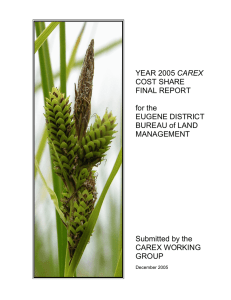Common Name: IMPRESSED-NERVE SEDGE Scientific Name
advertisement
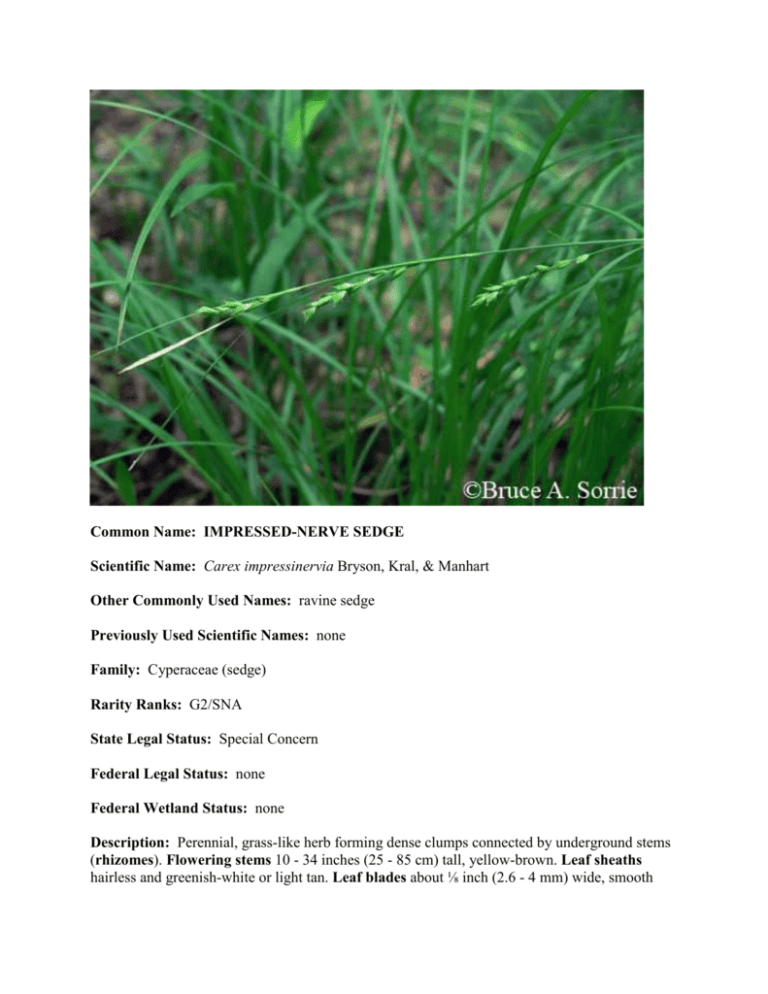
Common Name: IMPRESSED-NERVE SEDGE Scientific Name: Carex impressinervia Bryson, Kral, & Manhart Other Commonly Used Names: ravine sedge Previously Used Scientific Names: none Family: Cyperaceae (sedge) Rarity Ranks: G2/SNA State Legal Status: Special Concern Federal Legal Status: none Federal Wetland Status: none Description: Perennial, grass-like herb forming dense clumps connected by underground stems (rhizomes). Flowering stems 10 - 34 inches (25 - 85 cm) tall, yellow-brown. Leaf sheaths hairless and greenish-white or light tan. Leaf blades about ⅛ inch (2.6 - 4 mm) wide, smooth except for hairy midvein; the lower part of the leaf is a hairless, pale green or tan sheath encircling the base of the stem; old, fibrous leaf bases persist at the base of the plant. Topmost flower spike up to 1½ inch (1.9 - 4 cm) long, solitary at the top of the flowering stem, containing male flowers only. Lateral flower spikes up to 1¾ inches (1.1 - 4.3 cm) long, with both female and male flowers, 2 - 4 spikes per stem, held below the male-flowered spike on the same stem; each spike with 5 - 11 fruits, the overlapping scales oval with whitish margins and pointed tips. Fruit body about ⅛ inch (3.1 - 3.5 mm) long with a short, bent stalk and sharply bent tip; tightly enclosed in a 3-sided, heavily veined sac (perigynium) that has a very short or no beak. Magnification of 10x is needed to examine the spikes and fruits. Similar Species: Few-fruited sedge (Carex oligocarpa) also forms dense clumps in rich forests over mafic and calcareous bedrock; it does not have old leaf bases persisting at the base of the plant and its leaf sheaths are purple rather than light green; its perigynium has a straight beak about ⅛ inch (0.2 - 0.4 mm) long. Related Rare Species: Nearly 40 species of Carex are protected or of Special Concern in Georgia. Detailed information about 7 Carex species is provided on this website: Baltzell’s sedge (C. baltzellii), granite dome sedge (C. biltmoreana), velvet sedge (C. dasycarpa), impressed-nerve sedge (C. impressinervia), wretched sedge (C. misera), Radford’s sedge (C. radfordii), and Roan Mountain sedge (C. roanensis). Habitat: Moist hardwood forests on slopes above and in the floodplains of small streams, usually in areas with mafic or slate bedrock. In North Carolina, this species occurs in the lower Piedmont and upper Coastal Plain with sweet gum, spicebush, and jack-in-the-pulpit. Life History: Impressed-nerve sedge, like most sedges, are wind-pollinated. Nothing is known about seed dispersal or other aspects of reproduction for this species. Survey Recommendations: Surveys are best conducted during fruiting (spring). Range: Alabama, Mississippi, South Carolina, and North Carolina. Threats: Clearing and logging hardwoods in ravines and adjacent floodplains; damming streams. Georgia Conservation Status: Impressed-nerve sedge has been found in several nearby states but has not yet been reported from Georgia, probably because sedges are frequently overlooked and hard to identify. Conservation and Management Recommendations: Protect hardwood slope forests and floodplain forests from clearing, logging, and stream impoundment. Selected References: Bryson, C.T., R. Kral, and J.R. Manhart. 1987. A new species of Carex (Cyperaceae: section Oligocarpae) from the southeastern United States. Rhodora 89: 357-363. Bryson, C.T., S.W. Rosso, R.FC. Naczi. 1991. Carex baltzellii (Cyperaceae) new to Mississippi with notes on Carex picta and Carex impressinervia in Mississippi. Sida 14(3):493-499. FNA. 2003. Flora of North America, Vol. 23, Magnoliophyta: Commelinidae (in part), Cyperaceae (part 1). Oxford University Press, New York. Naczi, R.F.C., and C.T. Bryson. 1990. Noteworthy records of Carex (Cyperaceae) from the southeastern United States. Bartonia 56:49-58. NatureServe. 2008. NatureServe Explorer. Arlington, Virginia. http://www.natureserve.org/explorer Weakley, A.S. 2008. Flora of the Carolinas, Virginia, Georgia, northern Florida, and surrounding areas. University of North Carolina Herbarium, Chapel Hill. http://www.herbarium.unc.edu/flora.htm Author of Species Account: Linda G. Chafin Date Compiled or Updated: L. Chafin, Oct. 2008: original account K. Owers, Jan. 2010: updated status and ranks, added pictures
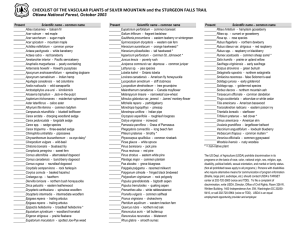
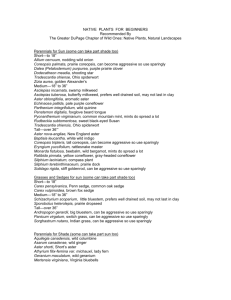
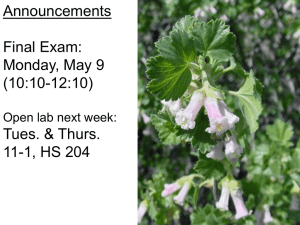
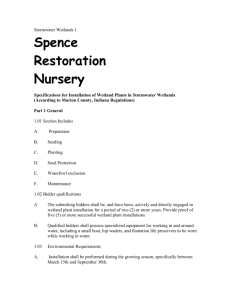
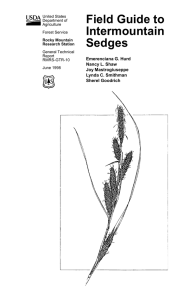
![[[1]] Copy*1 H.M.S. Erebus Berkeley Sound Falkl[a]nd Nov[ember](http://s3.studylib.net/store/data/007561645_2-e073f5cfe18af2a59c8b5c1b789daea4-300x300.png)
